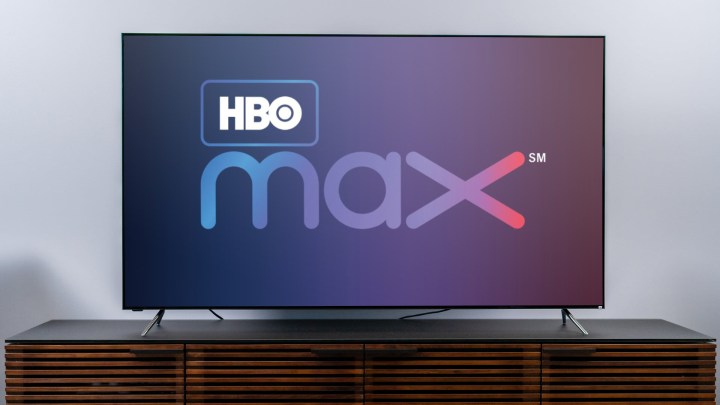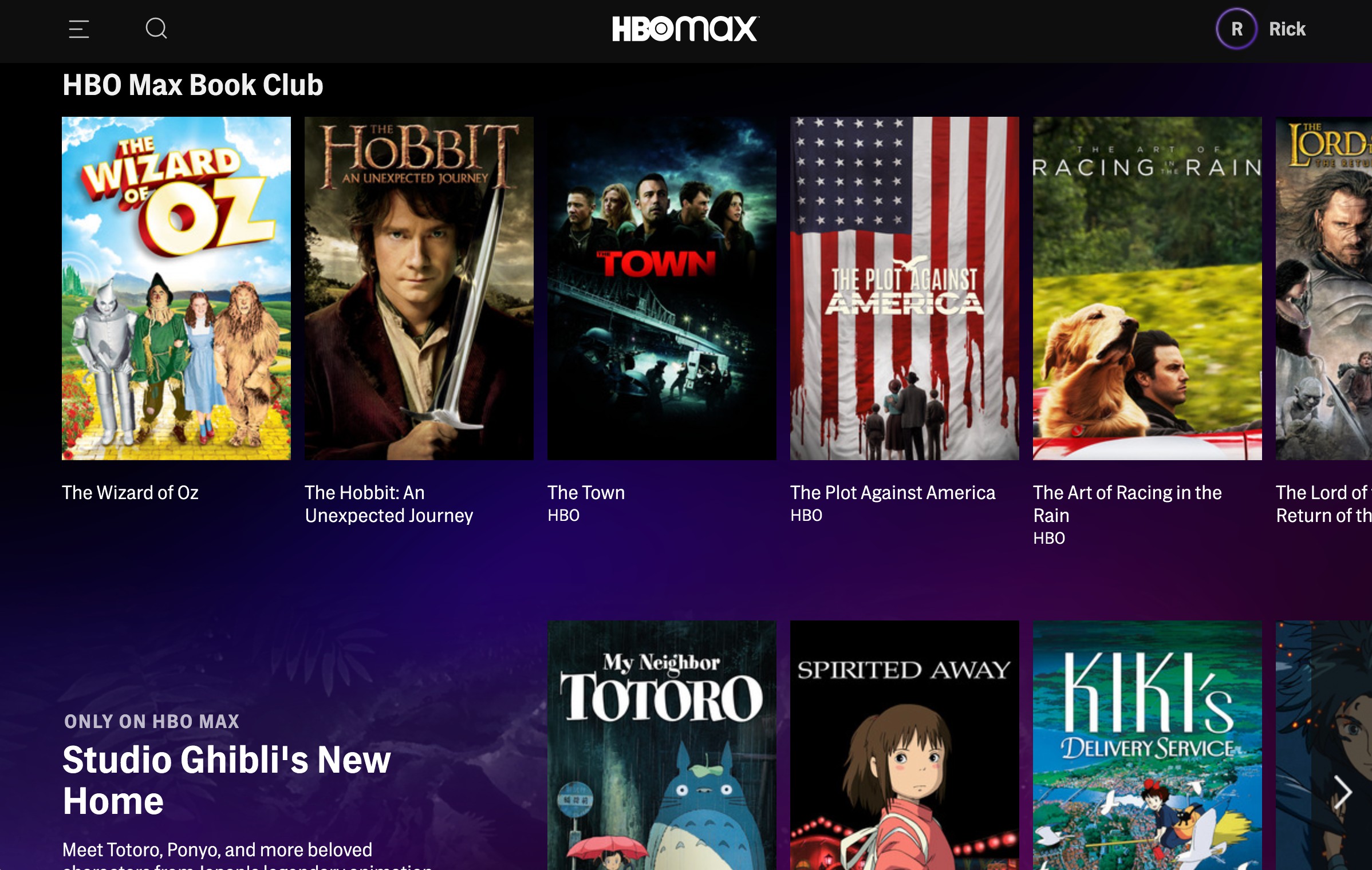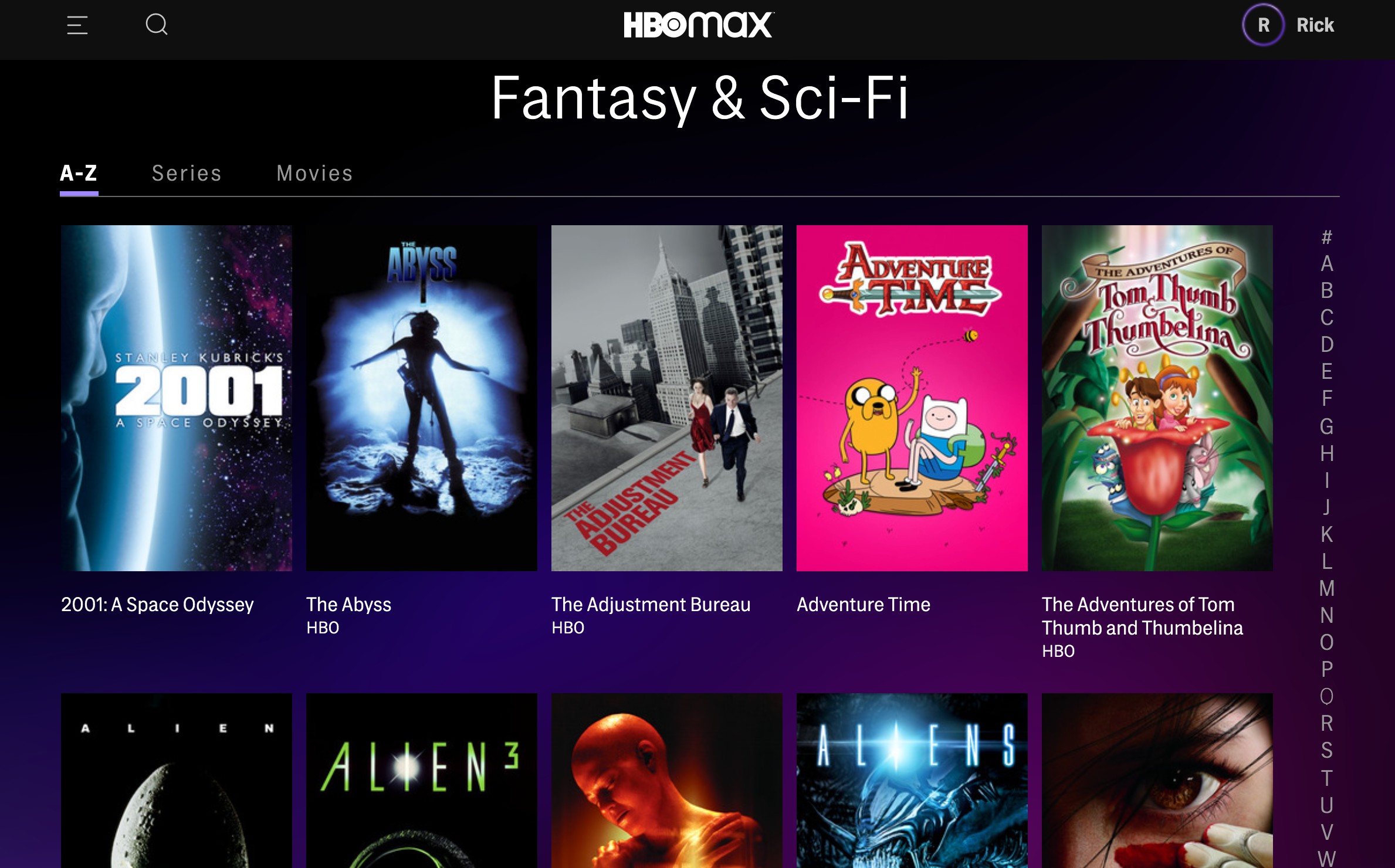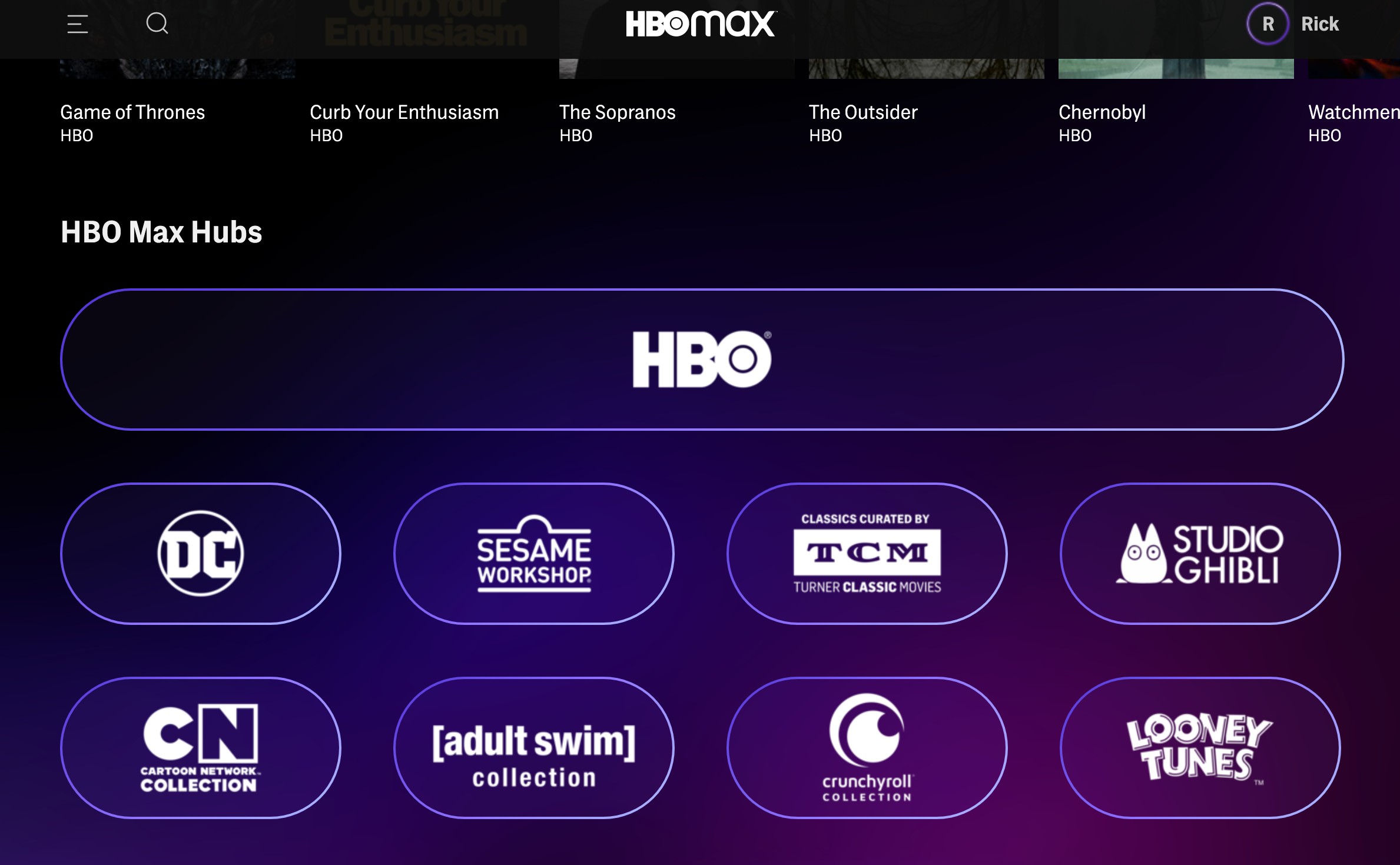
This article was last updated by Digital Trends Section Editor, A/V Jaron Schneider on 6/8/2020.
HBO Max has finally arrived, and the latest entrant in the streaming wars offers a compelling package of content from the massive film and television libraries of WarnerMedia, popular licensed properties, and original projects.
But is it enough for subscribers to commit to one of the most expensive streaming options on the market?
In short, HBO Max isn’t quite there yet due to its problematic interface, technical attributes, and availability issues, which overshadow an otherwise impressive media library and prevent the service (and its high-end price tag) from measuring up favorably against its competitors.
Launch problems
Right from the start, HBO Max makes some of its biggest problems apparent before you even watch your first movie or TV episode on the service.
While the service is available on Apple TV, Android TV devices, Google Chromecast, newer Samsung TVs, and other devices — as well as the PlayStation 4 and Xbox One gaming systems — it’s conspicuously absent from Roku and Amazon Fire TV devices. Those two product lines account for more than 70% of the streaming player market and nearly 80 million streaming subscribers, so the simple act of finding a way to give HBO Max a try can be a complicated process if your household relies on Roku or Amazon Fire TV devices for streaming entertainment.
Even in a household with multiple TVs and both Roku and Amazon Fire TV devices, the best options available to me, for example, proved to be web-based access to HBO Max and my PlayStation 4 console — neither of which offer the sort of user experience or interface we’ve come to expect from streaming services on Roku and Amazon Fire TV.
Accounts and streams
Like its streaming competitors, HBO Max offers subscribers the ability to set up multiple profiles within a single account.
Up to five individual profiles can be created (the same number as Netflix, and two fewer than Disney+ offers), with each profile offering full access to the streaming library or a limited selection of titles based on a spectrum of age categories. To its credit, HBO Max offers a relatively wide range of content-control options, and accounts for children can be customized for the youngest users, as well as more mature, teenage audiences.

That last part is important, as some streaming services take an all-or-nothing approach to their content-control options, forcing you to choose between unrestricted access or nothing more mature than Sesame Street. The ability to apply some nuance to the content controls will definitely be appreciated by larger households.
Along the same lines, HBO Max allows three simultaneous streams to various devices in the household. Although that’s one fewer than the four streams that Disney+ and the highest level Netflix subscription allow, it’s a reasonable amount for most users, and in practice, the service handled three simultaneous streams without any issues.
The 4K dilemma
Although HBO Max does a nice job of getting its content to your household’s various screens (as long as you have the right devices), it falls short in terms of letting that content look as good as it should.

Currently, HBO Max doesn’t offer any of its content at 4K HDR quality — and you’re gonna want it. While that’s fine for much of the older content in its library that tops out at basic HD resolution, it’s a serious issue when it comes to watching the sort of blockbuster, spectacle-driven films that are a big part of the service’s appeal.
DC Extended Universe films Aquaman and Wonder Woman, for example, just don’t feel as epic at the resolutions offered by HBO Max when you watch them on devices that can handle 4K (or better) resolution. The service’s visual throttling is even more frustrating when you consider that HBO Max parent company WarnerMedia makes that same content available as 4K UHD Blu-rays you can purchase independently.
Given that Disney+ and Netflix both make large batches of content available in 4K UHD and HDR, it’s unfortunate that HBO Max doesn’t give its library the same treatment, particularly when so much of it is exactly the sort of content that looks best on big, beautiful, high-res screens.
It’s all about the HBO Max library
Ever since it was first announced, one of the biggest draws for HBO Max has been the library of TV series and movies it promised subscribers.
For the most part, it lives up to that promise and then some, with all of the selections from HBO, Warner Bros. Pictures, New Line Cinema, Cartoon Network, Studio Ghibli, and Turner Classic Movies (among other vaults) most subscribers would want. The service even offers some content that wasn’t initially expected at launch due to prior licensing agreements, such as the entire Harry Potter film franchise.
From a big-picture perspective, the HBO Max library feels more manageable than Netflix, with its seemingly infinite lists of mainstream and obscure offerings, but more robust than Disney+, which can feel a bit limited at times despite its impressive vault. It offers plenty of content for a wide range of ages and interests, and isn’t crammed with the sort of filler that can make Netflix a chore to navigate.
Although its basic user interface is a bit lacking — the HBO Max home screen is essentially a “featured content” page accompanied by your own to-watch list, and you need to navigate out of it for genre-specific lists, for example — sifting through the library of shows and films feels more rewarding than it does with competitors’ overstuffed, limited, or all-too-similar libraries. The wide net that WarnerMedia casts with its multimedia properties is put to good use in HBO Max.

HBO Max also offers two categories of content other services should consider: “Coming Soon” and “Last Chance.” The categories preview projects coming to HBO Max and alert you to content leaving the service, respectively, and they’re both helpful when making a decision about what to prioritize in your next viewing session.
Originals are overrated
At this point, HBO Max doesn’t offer the same level of original content that Netflix and Disney+ deliver, with Anna Kendrick’s rom-com series Love Life and the kid-friendly Not-Too-Late Show With Elmo the most noteworthy projects. However, original projects aren’t necessarily the hook when it comes to a service that offers HBO’s prestige programming alongside popular, quirky fare like DC Universe’s Doom Patrol series or Adult Swim’s Rick and Morty.

Unlike Netflix and Disney+, which don’t have the same range of established broadcast programming to draw from (in the case of Disney+, the service self-limits its library to Disney Channel, Disney XD, and Disney-branded programming), HBO Max has plenty of ongoing, popular content to keep things fresh if it chooses to do so. If the service makes good use of the assets it already has — which remains to be seen — the lack of original content won’t be as keenly felt as it would be in competing services.
Welcome to the Big Four streaming services
Despite some significant problems with its rollout and some features that feel conspicuously absent from its launch-day specs, HBO Max makes a strong case for itself to be counted among the top-tier streaming services available right now.
The proliferation of streaming options out there has received a fair amount of well-deserved criticism, but the major players in that environment — Netflix, Amazon Prime Video, Disney+, and now HBO Max — each offer a distinctly different experience, both in what they offer and how they make it available. If HBO Max can iron out its deficiencies in device compatibility and audio/video specs, it can be an even stronger contender for streaming subscribers.
There are still a lot of questions surrounding the availability of new and recent episodes of broadcast series on HBO Max, and a decision one way or the other could also be a big factor in the service’s success down the road. However, the biggest question facing potential subscribers is whether all of this content is enough to justify the $15 monthly cost of HBO Max.
The service offers premium content without premium delivery (i.e., no 4K), and at a premium price — and it makes you work for the ability to access it.
Whether you’re willing to take the bad with the good in this case will likely depend on the value you place on the past and future programming from HBO, Warner Bros. Pictures, and the other brands under WarnerMedia’s banner — because that (and that alone, at this early stage) is the selling point for HBO Max. If you paid for an HBO subscription prior, HBO Max will probably be a worthwhile upgrade. If you lived without HBO shows and don’t feel a pressing need for the DC Extended Universe and Harry Potter film franchises all in one place, it’s a tougher call.
One thing seems certain, though: The streaming wars have another strong contender with HBO Max.






